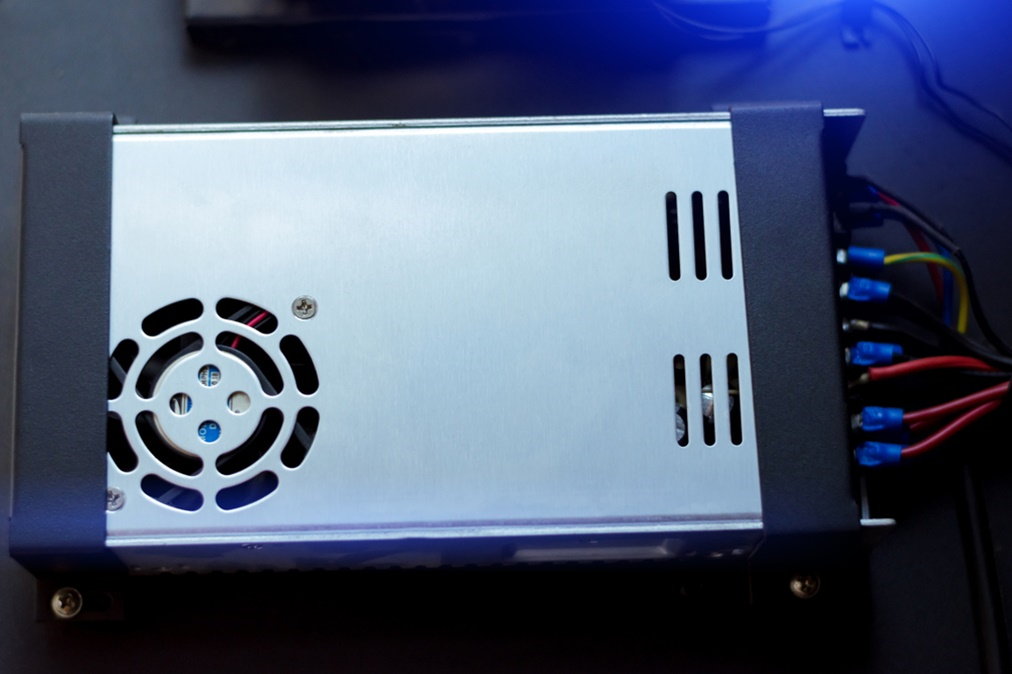Railway electrical systems can run on DC-DC converters (which are also known as a boost converter or voltage converter). This converter has multiple output signals. Fire system, broadcasting, lighting, and air-conditioning all are controlled by this converter. The quarter and half brick converter for railway applications are designed for efficiency. It has the feature of the adjustable output voltage and no minimum load requirement.
• Technical features:
The DC-DC converters protect electronic railway equipment through different isolation barriers. This converter also passes shock and vibration testing for harsh environments. These features include over temperature, over voltage, short circuit, and output current and under voltage protection. It has the ability to survive harsh environments with vibration loads and high shock. Therefore, when you go to purchase railway DC-DC converters, make sure that it has the capability to reduce system failures in applications.
• Block model boost converter:
A modern boost converter is designed to provide efficient power conversion to deliver a well-regulated, safe and controlled DC power supply for a variety of electronic equipment, systems, and devices. The modern converter comes in a block design. These railway boost converters are completely encapsulated and enclosed with added circuits to protect from sound while providing automatic safety from moisture, vibration, and shock, water, and dust etc. The cooled package design enables the operation in extreme environments. It can swing from low to high temperatures ranging at least -40-degree centigrade to 85 degrees Centigrade.
This converter for railway and industrial applications must withstand greater disruptive forces than most applications and are in greater demands for thermal shock, durability and operational safety.
• Modern converter for railway systems:
The modern commercial DC-DC converter has 93 percent efficiency. All modern rail infrastructures require a wide range of voltage converters to power a variety of new services. It is an isolated, regulated converter that can operate from wide range input and unregulated to generate an isolated DC output.
• High-efficiency of the power converters:
The high-efficiency boost converter is manufactured for light rail transportation applications. Australian power products companies provide a range of power converters to meet the demands of railway and medical applications. The engineer's aim is to provide the most valuable converter for the applications. At the time of buying railway DC-DC converters, you should ensure its high-efficiency.
• Isolation of the power converters:
For isolating power conversion products this converter is required to ensure a long service life and high reliability. Most of these products have a durable and reliable feature that they can operate in harsh environments. This comes in a safety approval package.
• Customized power converters:
The engineers and designers aim are to build customized products at lower costs. The Australian power products companies supply this voltage converter with a single and double isolation system according to the latest railway and medical safety standards.
Over the last few years, the boost converter has greatly extended in the railway industry. This is used to convert DC battery voltages to a lower voltage in a variety of energy and control circuits. This can be used to maintain electrical power in the event of generator failure. Its main applications are railway rolling stock, industry applications, and high voltage battery-powered applications. You may hear that heat, frost, vibration can cause serious damage to electronic. This converter helps to keep the application safe.
Bottom Line:
The voltage converter has single, dual and multiple outputs. It has an efficiency of up to 93 percent. It is available with the pre-mounted heatsink. When you purchase this converter, be sure that this is certified and designed in harsh environments. It is a reliable choice for the railway, telecommunication, and industrial applications.

Comments
Post a Comment